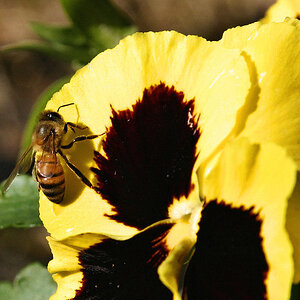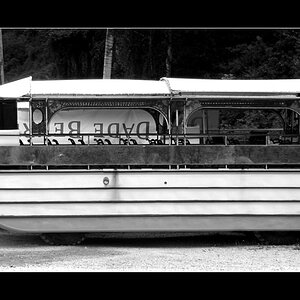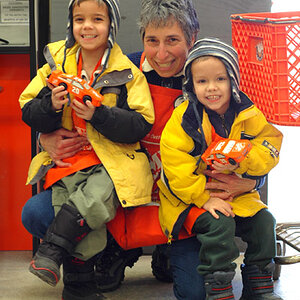marksmithusa
TPF Noob!
- Joined
- May 29, 2007
- Messages
- 2
- Reaction score
- 0
Dear all,
I am a photo newbie and dont understand a lot of the terminology (such as aperture, etc). However, I simply love taking photos with my Nikon D80 and would really like to get good. I know I need a class but I don't have time in my life just yet (maybe in a year or two!)
One type of photo that I struggle with is the waterfall. I really do enjoy waterfalls (and all water-based shots) but I do have difficulty avoiding the silky' stream of water. I would like to get a clearer shot if I can.
Also, my d80 seems to have problems with moving (sporty) shots at night - specifically related to the amount of blur - I don't think I've ever taken a single good shot with my d80 (but I was able to with the sport mode on an earlier Nikon).
Any advice or tips would be appreciated. I'm going to Niagara (which would combine the waterfall and night shot!) and a baseball game or two over the summer so I would like to be prepared.
TIA,
Mark
I am a photo newbie and dont understand a lot of the terminology (such as aperture, etc). However, I simply love taking photos with my Nikon D80 and would really like to get good. I know I need a class but I don't have time in my life just yet (maybe in a year or two!)
One type of photo that I struggle with is the waterfall. I really do enjoy waterfalls (and all water-based shots) but I do have difficulty avoiding the silky' stream of water. I would like to get a clearer shot if I can.
Also, my d80 seems to have problems with moving (sporty) shots at night - specifically related to the amount of blur - I don't think I've ever taken a single good shot with my d80 (but I was able to with the sport mode on an earlier Nikon).
Any advice or tips would be appreciated. I'm going to Niagara (which would combine the waterfall and night shot!) and a baseball game or two over the summer so I would like to be prepared.
TIA,
Mark




 You admit you're a newb but blame the camera for the bad pics.
You admit you're a newb but blame the camera for the bad pics.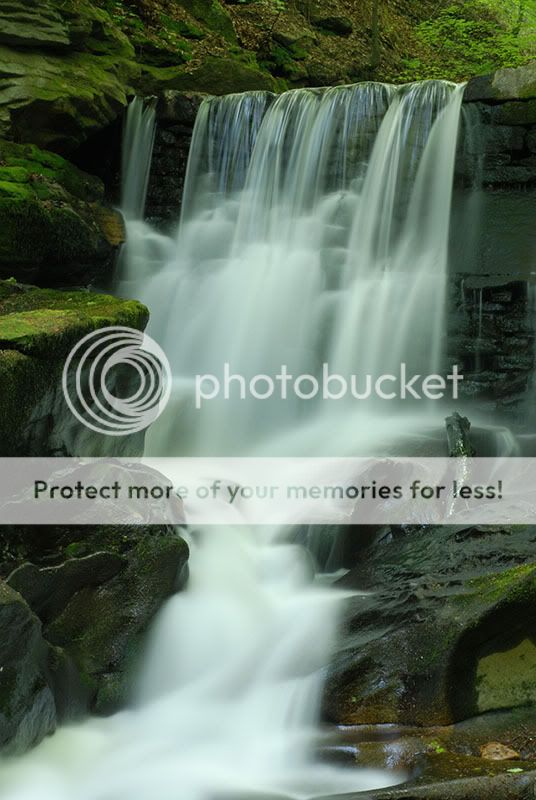
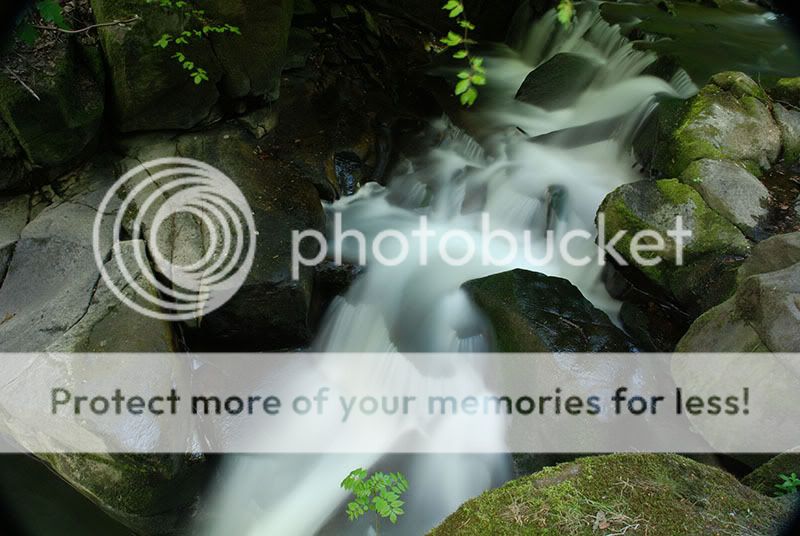
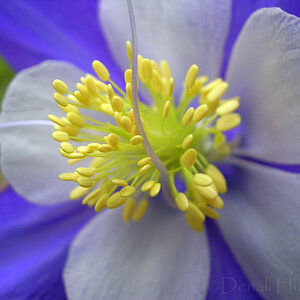
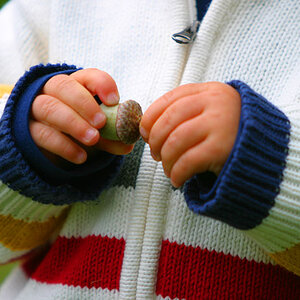
![[No title]](/data/xfmg/thumbnail/37/37124-e3a7364a555409b3504415a982f9dfe0.jpg?1619737883)

![[No title]](/data/xfmg/thumbnail/37/37425-6c82b8d207549743954f4b99b56a8153.jpg?1619738066)
![[No title]](/data/xfmg/thumbnail/34/34344-0b42e0e92ad436e6710a1b9c4585d6df.jpg?1619736379)
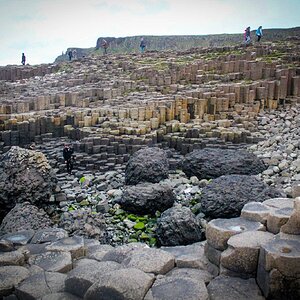
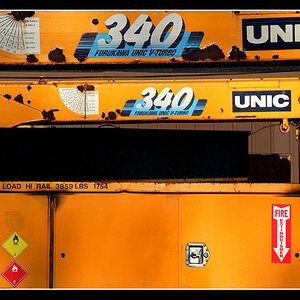
![[No title]](/data/xfmg/thumbnail/38/38749-a4ef503184d13a9c7592221cb44ac5e8.jpg?1619738704)
